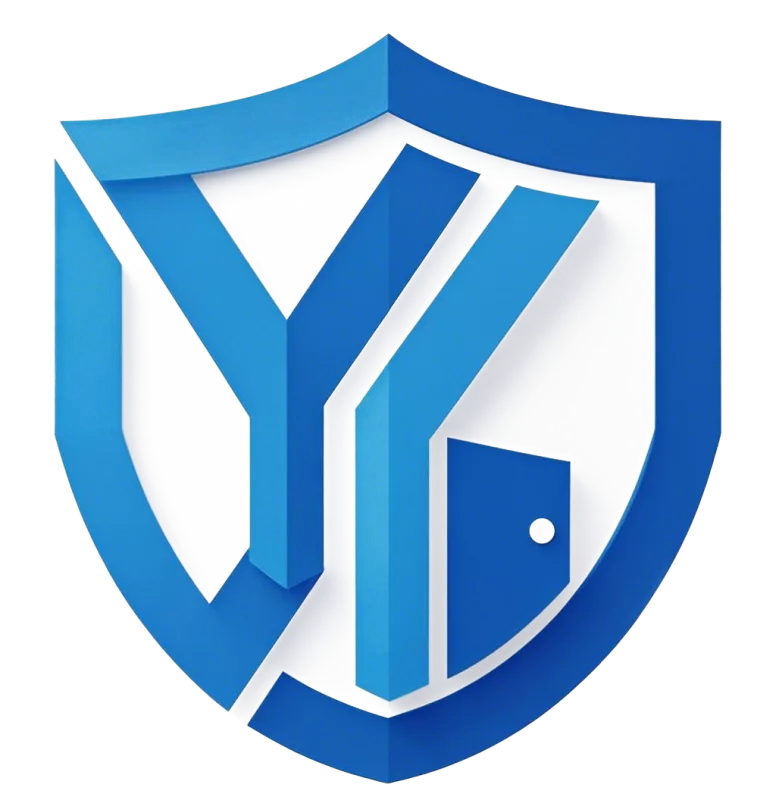An Analysis of Current Issues in Fire Supervision and Suggested Solutions The latest amendments to the Fire Protection Law have introduced a dedicated chapter on fire supervision, reflecting the government’s increasing emphasis on the importance of fire safety oversight. This chapter explicitly mandates that the public security fire agencies must conduct regular inspections of compliance […]
Tag Archives: Current Issues in Fire Supervision and Suggested Solutions
Current Issues in Fire Supervision and Suggested Solutions
Introduction: Why Fire Supervision Is Critical
Fire safety supervision has become one of the most urgent priorities in modern construction. With increasingly complex building designs and higher population density, inadequate supervision of fire protection materials can lead to tragic losses. YK Door Industry, a leading Asian fire door manufacturer, has observed common gaps in fire supervision during projects across Africa, Europe, and the Middle East. By addressing these issues, the industry can improve both compliance and public safety.
Issue 1: Inconsistent Regulatory Enforcement
Although most countries have adopted fire safety codes, enforcement remains inconsistent. Some regions rigorously implement UL or EN 1634 fire door standards, while others allow uncertified products to enter the market. For example, YK Door Industry supplied certified Class B fire doors to a large Nigerian real estate project after the client realized locally sourced uncertified doors did not meet inspection requirements.
Suggested Solution: Governments should introduce centralized certification databases, making it easier for procurement managers and contractors to verify whether a supplier’s products are genuinely certified. YK has already adopted digital traceability systems to ensure transparency.
Issue 2: Counterfeit Products and Fake Certifications
Counterfeit fire doors and falsified certificates pose serious risks. Unsuspecting developers often purchase doors labeled as “fire-rated” that fail under actual fire conditions. In a case YK investigated in Southeast Asia, a distributor discovered steel doors that claimed to have CE certification but had never undergone real testing.
Suggested Solution: International cooperation among certification bodies is needed to share blacklists of fraudulent suppliers. YK has partnered with UL and CE testing labs, allowing buyers to verify certificates directly.
Issue 3: Poor Installation and Lack of Supervision on Site
Even high-quality fire doors can fail if installed incorrectly. Missing intumescent seals, improper hinge placement, or poorly aligned closers significantly reduce performance. YK Door Industry observed this issue during a hospital project in the Middle East, where doors supplied with full certification failed inspection due to incorrect installation by subcontractors.
Suggested Solution: Contractors should receive manufacturer-led training before installation. YK offers on-site supervision services and publishes detailed installation manuals in multiple languages, ensuring compliance across regions.
Issue 4: Aging Infrastructure and Lack of Maintenance
Buildings older than 20 years often contain fire doors that have never been re-tested. Over time, seals harden, hinges weaken, and door leafs warp. This creates gaps in fire compartments and reduces fire containment efficiency.
Suggested Solution: Authorities should enforce annual inspections for all fire doors, with mandatory replacement schedules. YK provides maintenance guidelines and after-sales support programs, enabling real estate owners to keep long-term assets compliant.
Issue 5: Limited Awareness Among Stakeholders
Procurement managers sometimes prioritize cost over compliance, unaware of the liability and risks associated with low-quality fire doors. Contractors, too, may not understand the critical role hardware components play in achieving fire ratings.
Suggested Solution: Educational initiatives are needed. YK regularly hosts seminars for real estate developers and distributors, demonstrating the difference between certified and counterfeit fire doors through live burn tests.
Summary Table: Current Issues and Suggested Solutions
| Current Issue | Impact on Projects | YK’s Suggested Solution |
|---|---|---|
| Inconsistent Regulatory Enforcement | Uncertified doors entering markets | Centralized certification databases |
| Counterfeit Products | False safety assurance, high risk | Partnerships with UL/CE labs for verification |
| Poor Installation | Certified doors fail under real fire | Contractor training and on-site supervision |
| Aging Infrastructure | Reduced fire resistance over time | Annual inspection and replacement programs |
| Limited Awareness | Cost-focused procurement, safety ignored | Stakeholder education through seminars & tests |
FAQ (For Distributors, Real Estate Buyers, and Contractors)
Q1: How can distributors avoid sourcing counterfeit fire doors?
Work only with manufacturers who provide traceable certificates. YK ensures all documents can be verified directly with UL, CE, or BS testing labs.
Q2: What should real estate procurement managers consider when purchasing fire doors?
Beyond price, consider long-term compliance, certification status, and maintenance programs. Choosing uncertified products could result in penalties or safety failures.
Q3: How can contractors ensure installation meets fire codes?
Request training and manuals from the supplier. YK provides direct on-site supervision to help contractors avoid common errors.
Q4: Are annual fire door inspections mandatory worldwide?
Not everywhere. In the EU and US, annual checks are required. YK recommends adopting the same standard globally for consistent safety.
